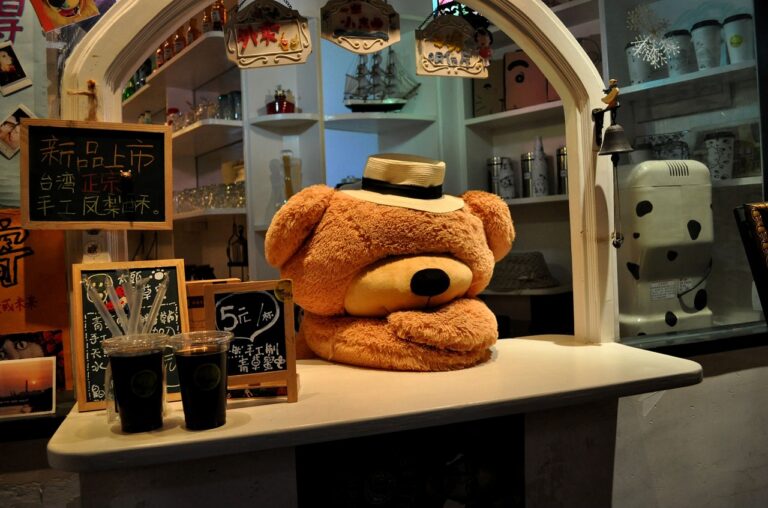The Psychology of Impulse Home Decor Purchases
When it comes to impulse home decor purchases, several factors play a crucial role in influencing consumers. One significant factor is the power of visual merchandising and product placement within stores. Strategic positioning of enticing products, vibrant colors, and aesthetically pleasing displays can capture the attention of shoppers and trigger impulsive buying decisions. Additionally, the influence of social media and online platforms cannot be overlooked, as visually appealing advertisements and influencer recommendations can prompt consumers to make spontaneous purchases.
Moreover, the element of instant gratification also drives impulse home decor purchases. The allure of immediately owning a desired item, especially when it aligns with current trends or personal style preferences, can lead consumers to make impulsive buying choices without thoroughly considering their necessity or utility. This desire for instant satisfaction is often reinforced by limited-time offers, flash sales, and exclusive promotions that create a sense of urgency and FOMO (fear of missing out) among consumers, compelling them to make impulse home decor purchases on the spot.
The role of emotions in impulse buying behavior
Emotions play a significant role in driving impulse buying behavior, particularly in the realm of home decor shopping. When individuals are in a heightened emotional state, they are more likely to make spontaneous purchases without thoroughly evaluating their choices. This emotional response can be triggered by various factors, such as stress, excitement, or even a sense of accomplishment.
Moreover, emotions have the power to influence perceptions of value and desirability when it comes to home decor items. A consumer who is feeling happy or inspired may be more inclined to perceive a certain piece of decor as a must-have item, even if they had not considered purchasing it before. This emotional connection to the product can override rational decision-making processes, leading to impulse purchases that are driven by feelings rather than practical considerations.
Psychological triggers in home decor shopping
Impulse home decor purchases are often driven by psychological triggers that tap into consumers’ emotional responses, leading them to make spontaneous buying decisions. The urge to redecorate one’s living space can be triggered by feelings of boredom, a desire for change, or the need to create a cozy and inviting atmosphere. These emotions play a significant role in influencing consumers to make impulse purchases when they come across visually appealing home decor items that resonate with their current emotional state.
Moreover, the fear of missing out (FOMO) can also serve as a powerful psychological trigger in home decor shopping. Consumers may feel compelled to make impulse purchases on trendy or limited-edition items to keep up with the latest interior design trends or to avoid the fear of regretting not buying a coveted piece later on. Retailers often leverage FOMO by promoting exclusive deals or highlighting items that are in high demand, fueling consumers’ sense of urgency and prompting them to buy on impulse.





